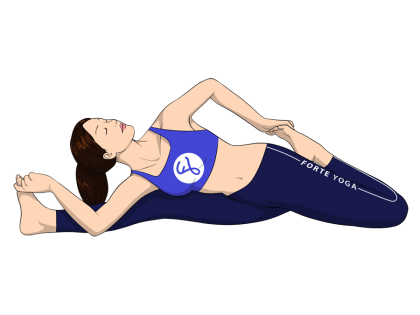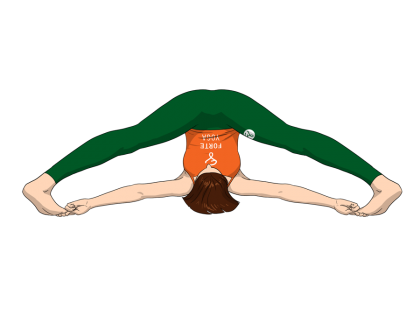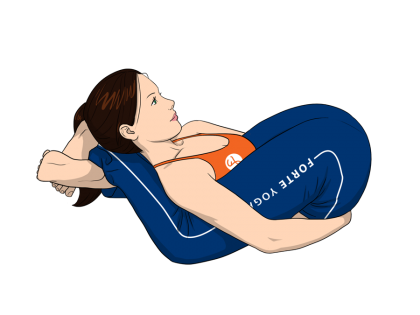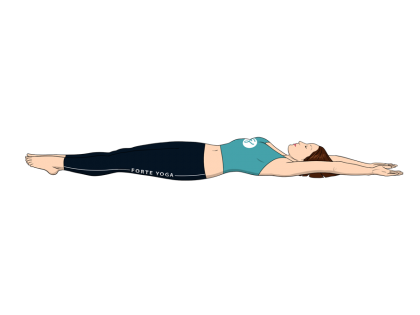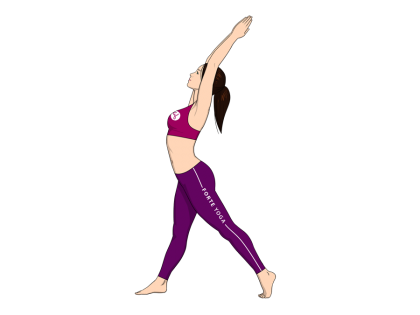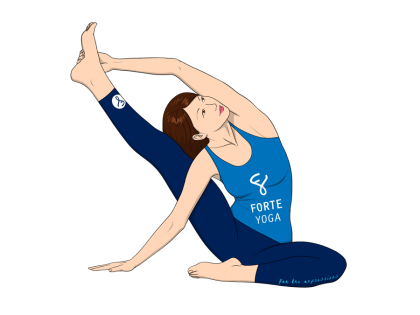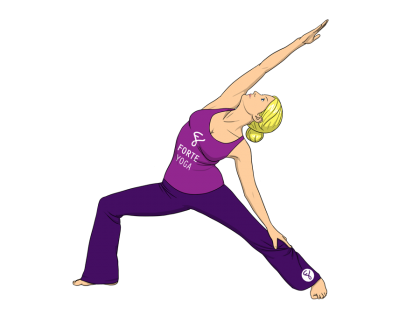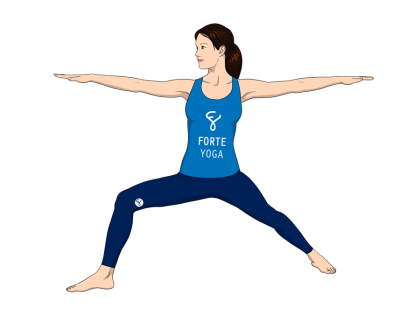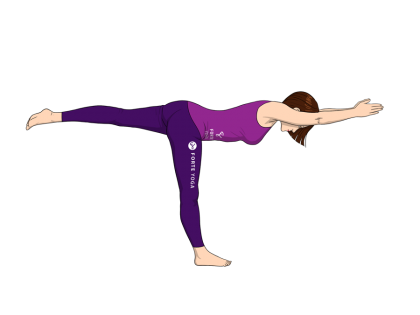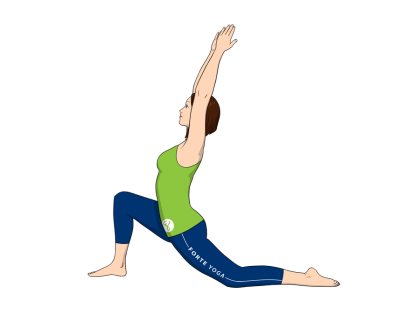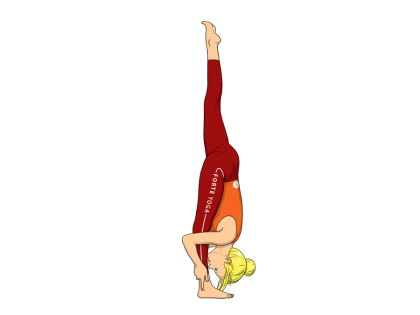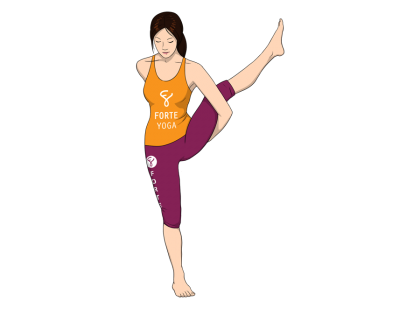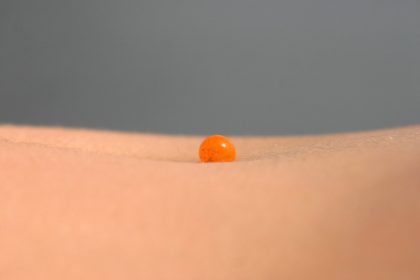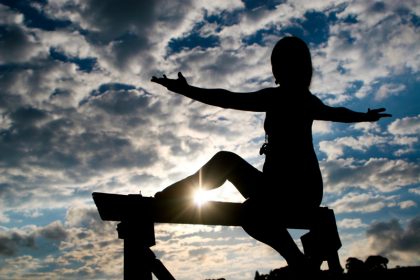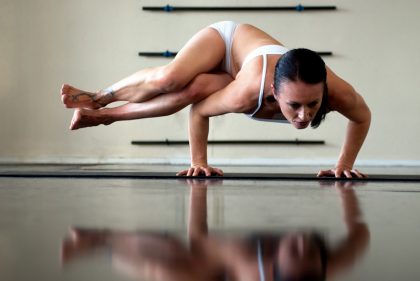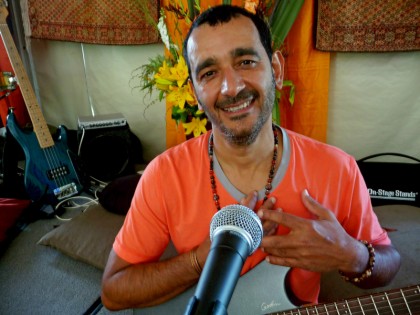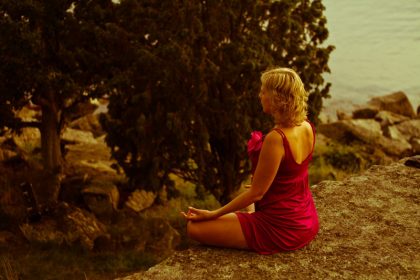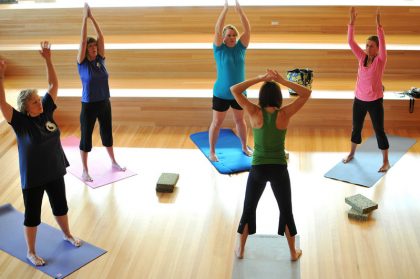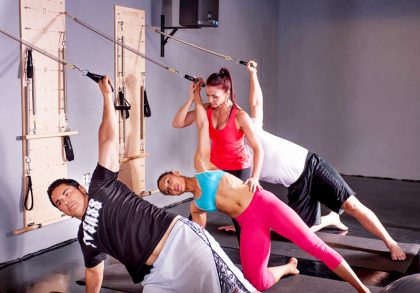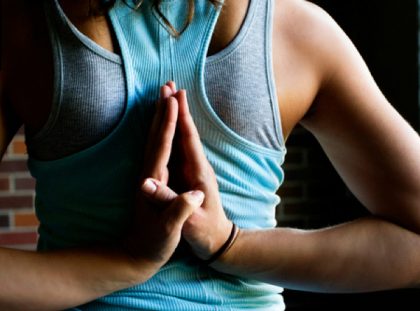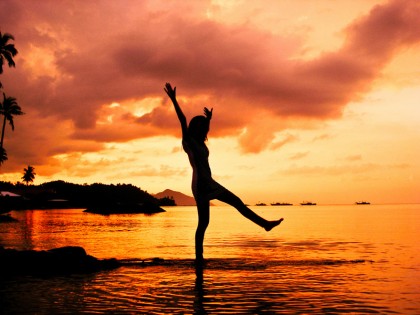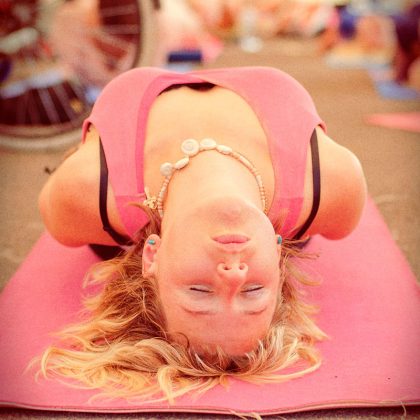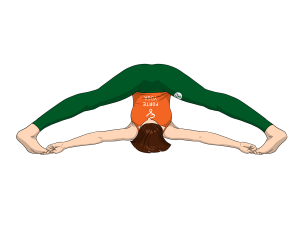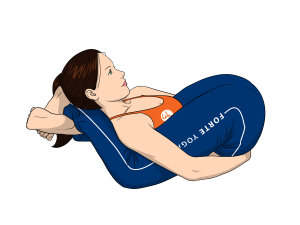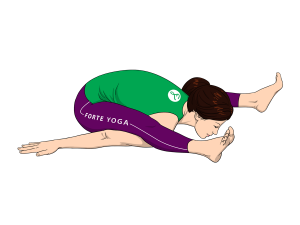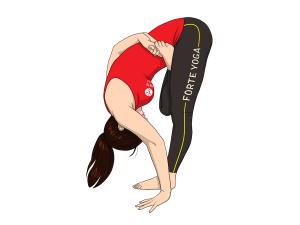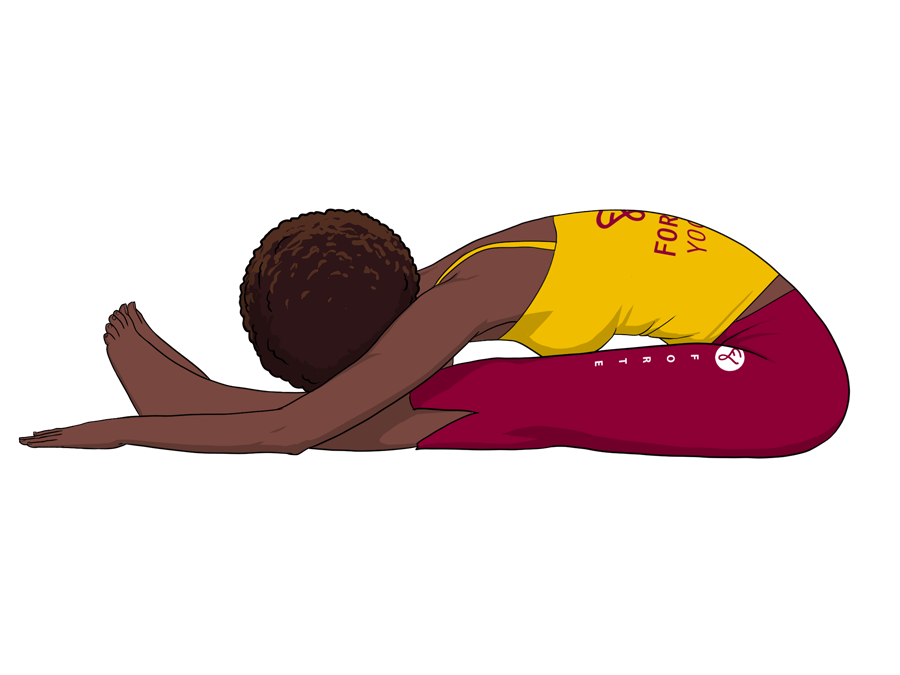
overview
Seated Forward Bend Yoga Pose is a seated, forward bend pose that targets the hamstrings and is ideal for yogis and yoginis at a beginner level.
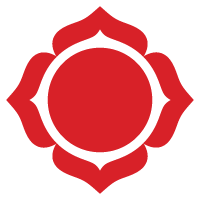 muladhara – the root chakra
muladhara – the root chakra anahata – the heart chakra
anahata – the heart chakra ajna – the third eye chakra
ajna – the third eye chakra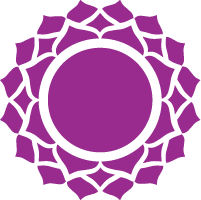 sahasrara – the crown chakra
sahasrara – the crown chakrarelated poses
[yoga-sharrre]
How To Do Seated Forward Bend Yoga Pose
- Begin by sitting on the floor or mat, legs straight out in front of you. Try sitting with a folded blanket or cushion just under your buttocks for comfort and support. Extend your legs, pushing out through your heels, keeping all the muscles throughout both legs active.
- Using your hands, gently pull the flesh of your left and right buttock out from underneath your sitting bones. Press your thighs into the floor, turning them in towards each other slightly. Flex your feet and stretch out your toes.
- Inhale and lift your arms into the air, fingers pointing up at the ceiling and palms facing in. Be sure to keep your shoulders low; don’t pull them up next to your ears.
- Exhale as you lean forward, bending at the hip joints like a hinge, being sure to keep your back straight all the way from your tailbone through your head. At this point there should be no rounding of the back; the spine should be straight, arms reaching out, knees un-bent and your body forming a 45 degree angle. If you are having trouble at first keeping your legs straight, you may bend your knees slightly.
- Continue leaning forward as you bring your torso closer to your legs, keeping your arms straight, until you are fully folded over your legs. The first parts that should connect are your lower stomach and upper thighs, rolling your torso down with your head the last to fall into place. Your arms and legs should still be straight, your back slightly rounded. Going into the full bend may not be possible for you at first, so do not force yourself into the position. It may help to grab onto your feet with your hands, being sure not to pull them in and bend the knees. If you do this, bend your elbows out slightly to the sides and away from the floor.
- Continue on with this position, breathing deeply, lengthening your torso with each inhalation. Through your breaths continue to push and extend your body, folding further into the bend. Hold the pose 1-3 minutes. To exit the pose, lift your torso up and away from your legs, straightening your elbows and lifting your arms up. Inhale as you pull your torso back into the sitting position.
Notes
- Breathe deeply through each step.
- Do not perform if you are experiencing back pain without consulting your healthcare provider.
Tips
Use a yoga strap, scarf, belt or tie to assist you if you have tight hamstrings. Loop the strap around the arches of your feet, walking your hands up the strap closer to the feet as you fold further into the bend.
The forward bend looks easy, but takes time to master. Do NOT try to force yourself into the full bend as it may cause muscle strain or back pain. For many beginners, the forward bend may look a lot like sitting up straight, so just continue to work at it until your flexibility increases.
Stretches & Strengthens
All Muscles: Hamstrings, calves, shoulders, spine
Target Muscles: Hamstrings
Health Benefits of Seated Forward Bend Yoga Pose
- Stimulates the liver and kidneys.
- Helps relieve symptoms of menopause and menstruation.
- Improves digestion.
- Can help relieve symptoms of high blood pressure (hypertension), insomnia, sinusitis and infertility.
- May help reduce anxiety, stress, fatigue and mild depression.

